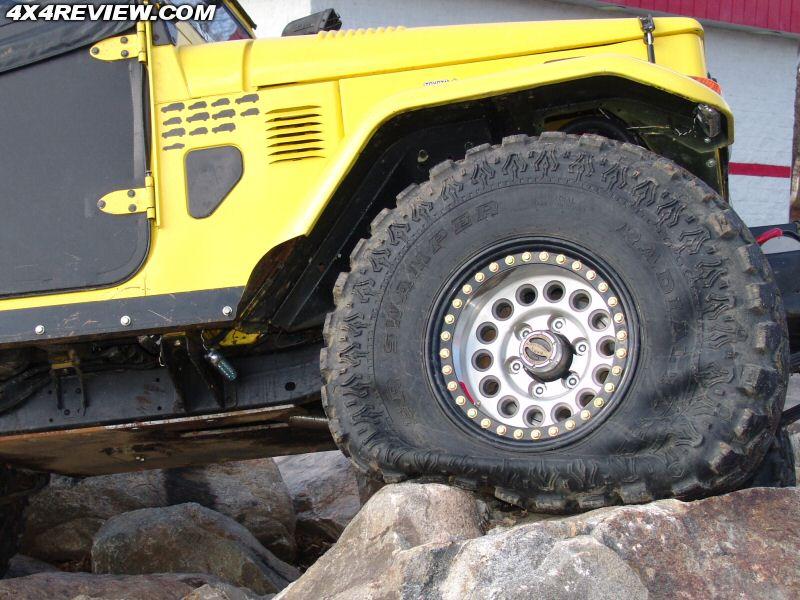[QUOTE] Black Night
take small socket and look at it from the round end and place it ontop of a sponge and push it in say 5mm notice theres quite a steep angle at the point of contact on the sponge in relation to the circumference of the socket.
Now try it with a larger socket.
That's a dam good analogy Black Night, simple and effective.
It also explains why tractors have wheels based on larger diameters instead of just width.
Cheers, Mick.
1974 S3 88 Holden 186.
1971 S2A 88
1971 S2A 109 6 cyl. tray back.
1964 S2A 88 "Starfire Four" engine!
1972 S3 88 x 2
1959 S2 88 ARN 111-014
1959 S2 88 ARN 111-556
1988 Perentie 110 FFR ARN 48-728 steering now KLR PAS!
REMLR 88
1969 BSA Bantam B175





 Reply With Quote
Reply With Quote
Bookmarks